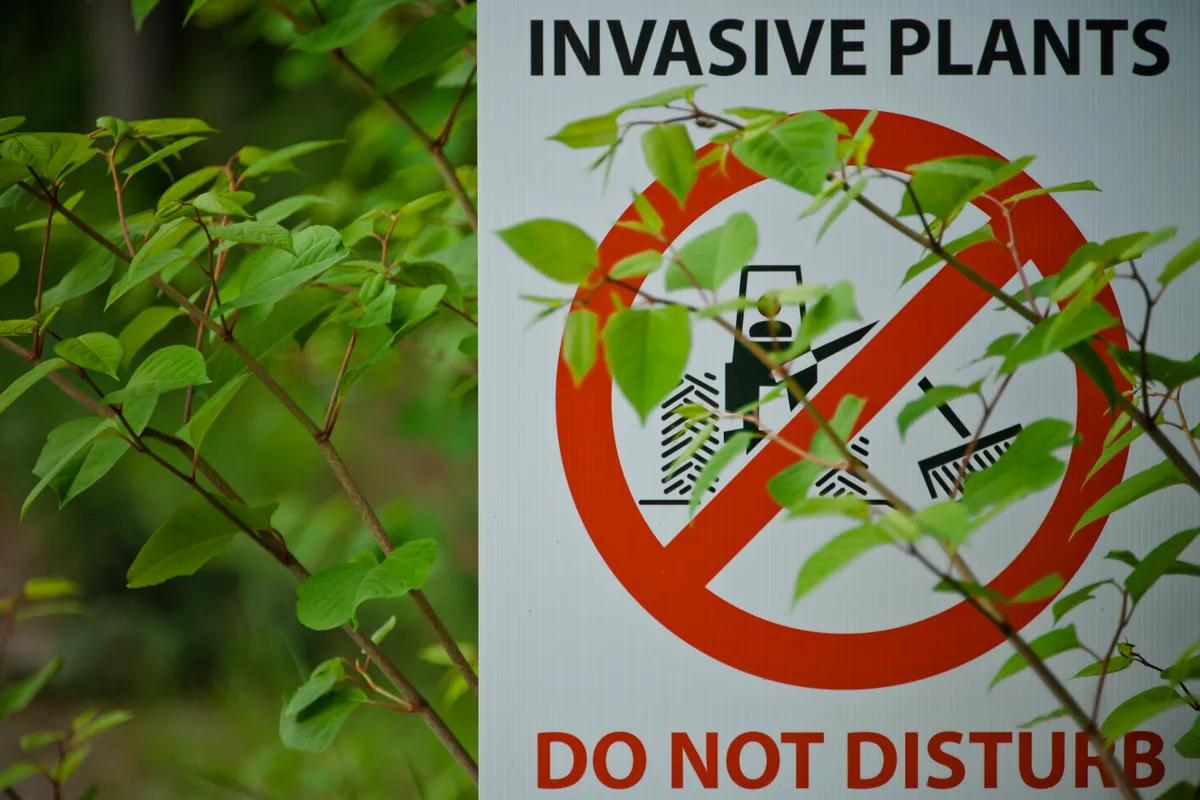Japanese Knotweed is an extremely invasive plant that can cause a whole host of damage to property, from structural damages, as well as affecting the value of a home. That's why having the necessary home insurance and buildings insurance can help protect you financially against the ravaging affect that this weed can have on an environment. Below you'll find a basic list of do's and don'ts to consider when dealing with Japanese knotweed.

DOs
- Treat knotweed as soon as you are aware of it, because the more it establishes itself, the more damage to the surroundings it will cause as well as being more difficult to remove.
- Try to keep any outbreak of knotweed isolated; therefore this helps to avoid the risk of spreading it further.
- Contact the appropriate authorities to eradicate the weed thoroughly. There are many specialists in the field that have the appropriate equipment and experience to deal with the threat of Japanese knotweed.
- Make use of the appropriately licensed herbicides and chemicals to help get rid of Japanese Knotweed, and do so in a safe and efficient manner. Remember to wear protective clothes when handling herbicides or chemicals.
- Contact the local councils and environment agencies to gain further advice on how to affectively kill off the weed and how to correctly dispose the materials.
- Dispose of knotweed at the correct facilities making sure that the contents are secured thoroughly ensuring no spillage of the contaminated materials.
- Make sure that any clothes and shoes that have come into contact with the weed are checked and washed thoroughly to ensure that contamination isn't spread further.
- Remember to recheck any previously contaminated areas for up to 2-3 years after removal, ensuring that no re-growth has occurred.
DON'Ts
- Do not Attempt to dig the weed out – it can potentially stimulate the weed into growing more rapidly, taking over an area more quickly.
- Do not pull the weeds out of the ground, as this can expose part of the infectious crowns, stimulating growth.
- Do not use a lawnmower or hedge trimmers to cut down the knotweed as this can infect the surrounding areas, making the threat that much more difficult to destroy.
- Do not use unlicensed herbicides and chemicals close to any watercourse, plants or wildlife as you could damage the environment.
- Do not use any part of the weed to be integrated into compost as this can ignite another outbreak, due to the resilient nature of knotweed.
- Do not dispose in garden waste pick-ups as this can transport the pest to other locations. Dispose of it on site by allowing it to dry out and then burn the remains. There are also specialised facilities available that dispose of Knotweed professionally.
- Do not spread any soil that has been contaminated with the Japanese Knotweed rhizome, as the root system is exceptionally resilient and regenerative. Take note that anything within 7 metres of an infected site may contain the weed's root system.
- Do not do anything illegal! If you spread Japanese Knotweed, you will be breaking the Wildlife and Countryside Act 1981. So, take care and deal with this invasive plant the correct way.